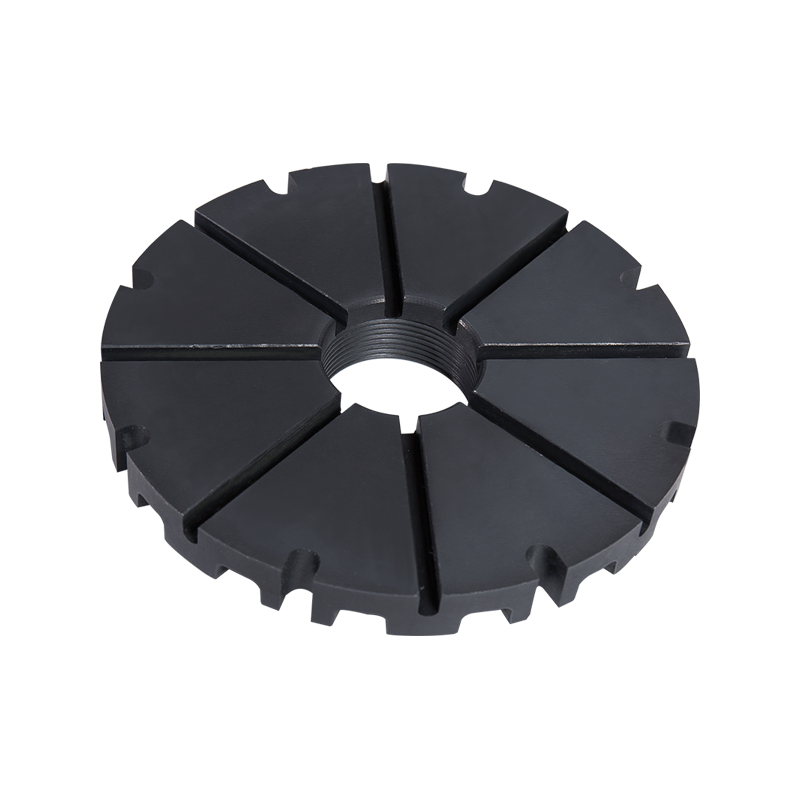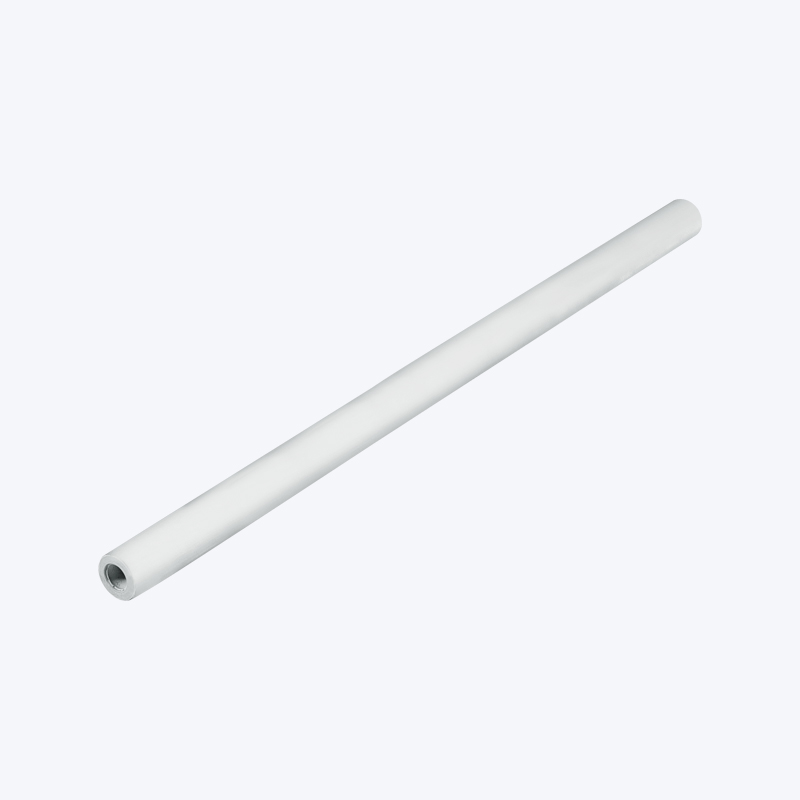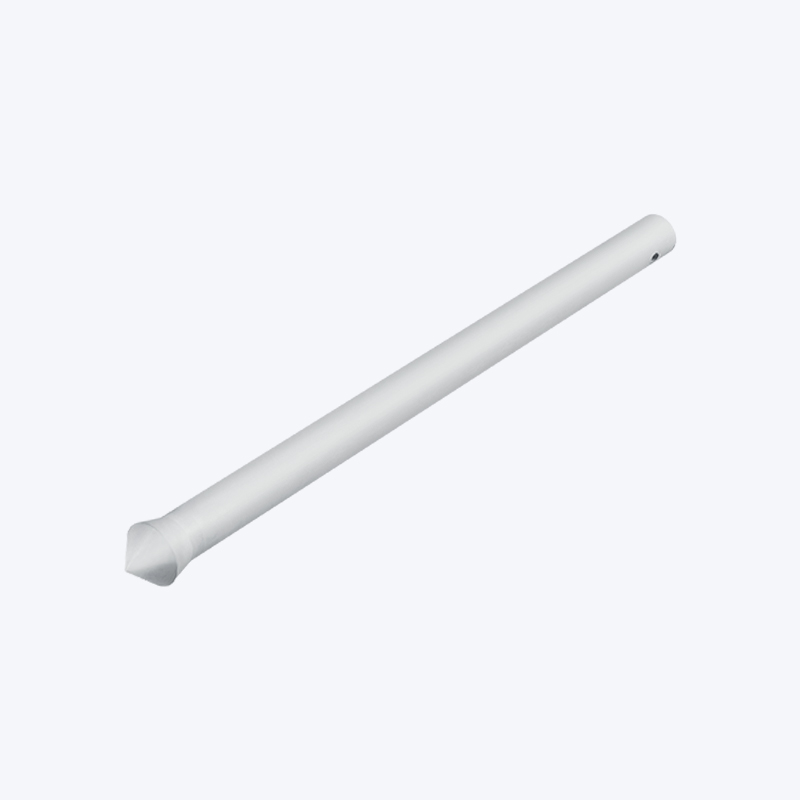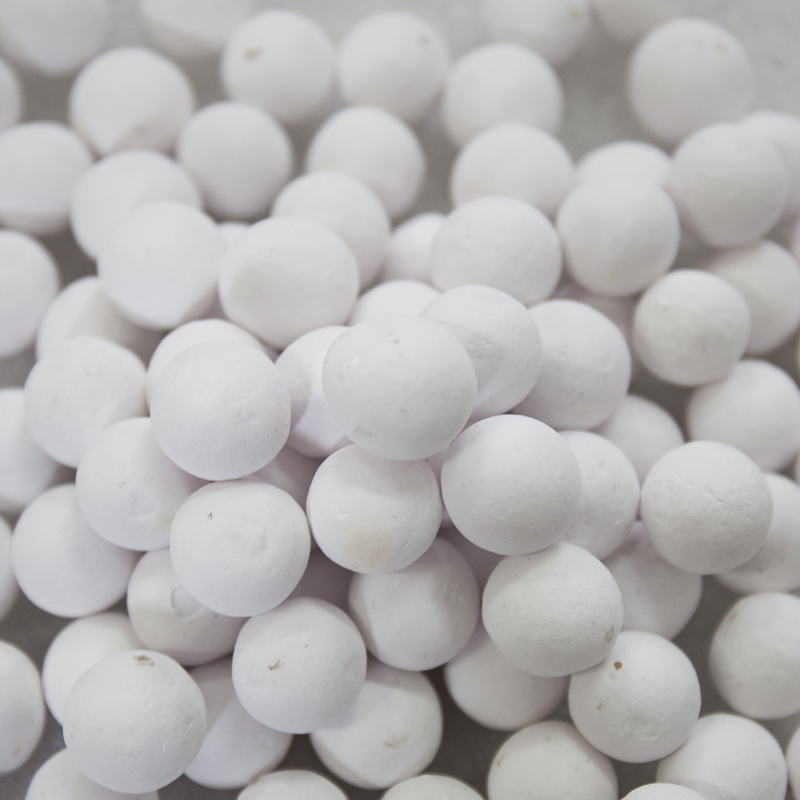Silicon Nitride Ceramic Degassing Rotor: An Advanced Solution for Aluminum Melt Treatment
Aluminum is one of the most versatile and widely used metals in the world, valued for its light weight, high strength-to-weight ratio, and excellent corrosion resistance. However, to achieve high-quality aluminum castings and products, the molten aluminum must undergo a crucial purification process known as degassing. This process removes dissolved hydrogen gas and non-metallic inclusions, which can cause defects like porosity and weak points in the final product. Historically, this has been done with graphite rotors, but a more advanced solution has emerged: the silicon nitride ceramic degassing rotor.
Why Degassing is Essential
During the melting of aluminum scrap and ingots, hydrogen gas is easily absorbed from the moisture in the surrounding air. This dissolved hydrogen is a major problem, as it has low solubility in solid aluminum. As the molten metal cools and solidifies, the hydrogen is forced out of solution, forming tiny gas pockets that create porosity. Porosity significantly reduces the material’s mechanical properties, including its tensile strength and fatigue resistance.
In addition to hydrogen, molten aluminum often contains non-metallic inclusions, such as oxides (e.g., aluminum oxide, $Al_2O_3$) and other impurities. These inclusions act as stress concentrators and can lead to cracking and failure. The purpose of degassing is to introduce an inert gas, typically argon or nitrogen, into the melt. The gas bubbles float to the surface, carrying the dissolved hydrogen and inclusions with them.
The Role of the Degassing Rotor
The effectiveness of the degassing process hinges on the design and material of the rotor. The degassing rotor is a submerged tool that spins at high speed, injecting and finely dispersing the inert gas into the molten aluminum. The rotor’s action creates a large surface area for gas-liquid interaction, maximizing the efficiency of hydrogen and inclusion removal.
The traditional material for degassing rotors has been graphite. While effective, graphite rotors have certain limitations. They are susceptible to oxidation and wear, which shortens their service life. Over time, graphite can also release carbon particles into the melt, which can be an undesirable contaminant in some high-ppurity aluminum alloys.
The Advantages of Silicon Nitride
The silicon nitride ceramic degassing rotor offers significant improvements over its graphite predecessor. Silicon nitride ($Si_3N_4$) is a high-performance engineering ceramic known for its exceptional properties:
- High-Temperature Strength and Stability: Silicon nitride maintains its mechanical properties at elevated temperatures, making it ideal for the extreme environment of molten aluminum. It resists thermal shock and warping, ensuring a long service life.
- Excellent Corrosion and Oxidation Resistance: Unlike graphite, silicon nitride is highly resistant to oxidation and corrosion from the molten aluminum and the surrounding atmosphere. This significantly extends the rotor’s lifespan and reduces maintenance costs.
- Low Wettability: Silicon nitride is not easily “wetted” by molten aluminum, meaning the metal does not stick to its surface. This prevents the buildup of dross and inclusions on the rotor, maintaining its efficiency and reducing the risk of contamination.
- High Hardness and Wear Resistance: The inherent hardness of silicon nitride protects the rotor from abrasive wear caused by the turbulent flow of the molten metal and any solid inclusions within it. This dimensional stability ensures consistent performance over time.
- Contaminant-Free: As a ceramic, silicon nitride does not introduce carbon or other contaminants into the molten aluminum, making it a preferred choice for the production of high-purity aluminum alloys used in aerospace and electronics.
Economic and Environmental Impact
The adoption of silicon nitride ceramic degassing rotors has a positive impact on both the economics and environmental footprint of aluminum casting operations. Their extended lifespan means fewer replacements, reducing material consumption and waste. The high efficiency of the degassing process leads to a lower scrap rate, as fewer defective castings are produced. This also translates to energy savings, as less re-melting is required. The superior final product quality reduces the need for post-processing and rework, streamlining the entire manufacturing process.
In conclusion, the silicon nitride ceramic degassing rotor is more than just an alternative material; it represents a technological leap in aluminum melt treatment. Its superior physical and chemical properties lead to a more efficient, reliable, and cost-effective degassing process, ultimately contributing to the production of higher-quality aluminum products. It is a vital component for modern foundries and a testament to the role of advanced materials in industrial innovation.
Contact Us for Quotes and Prices!
Just let us know what you want, and we will get in touch with you as soon as possible!

 English
English 简体中文
简体中文













